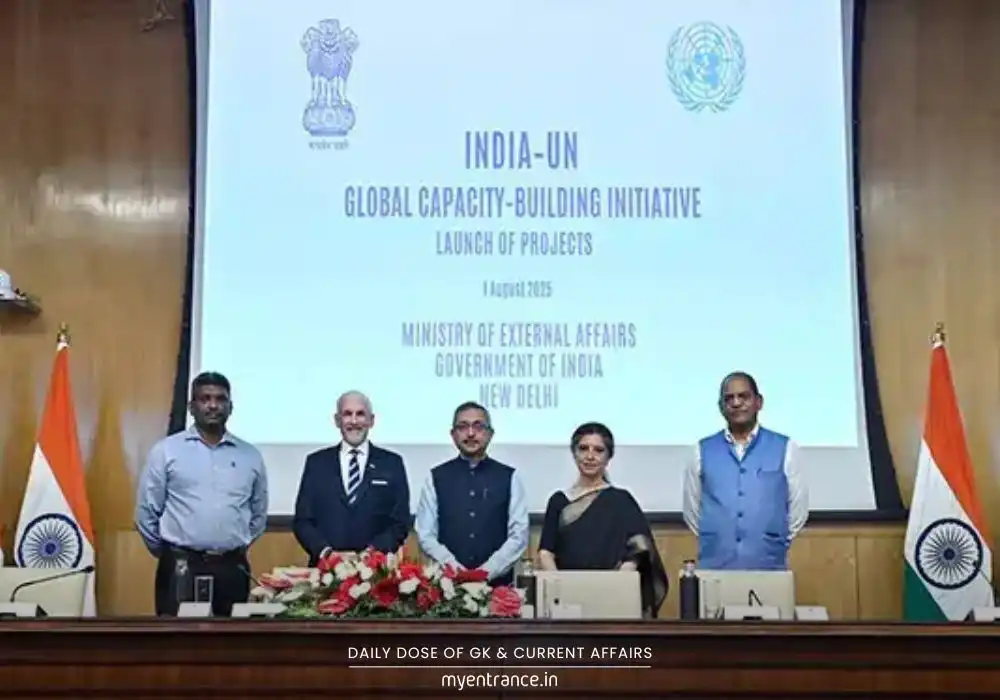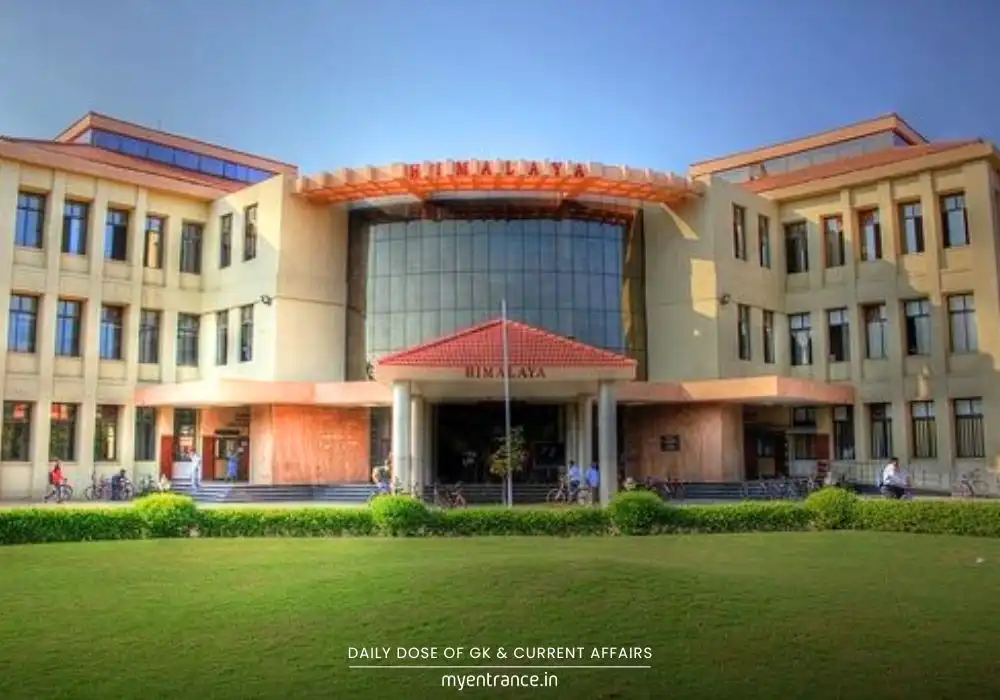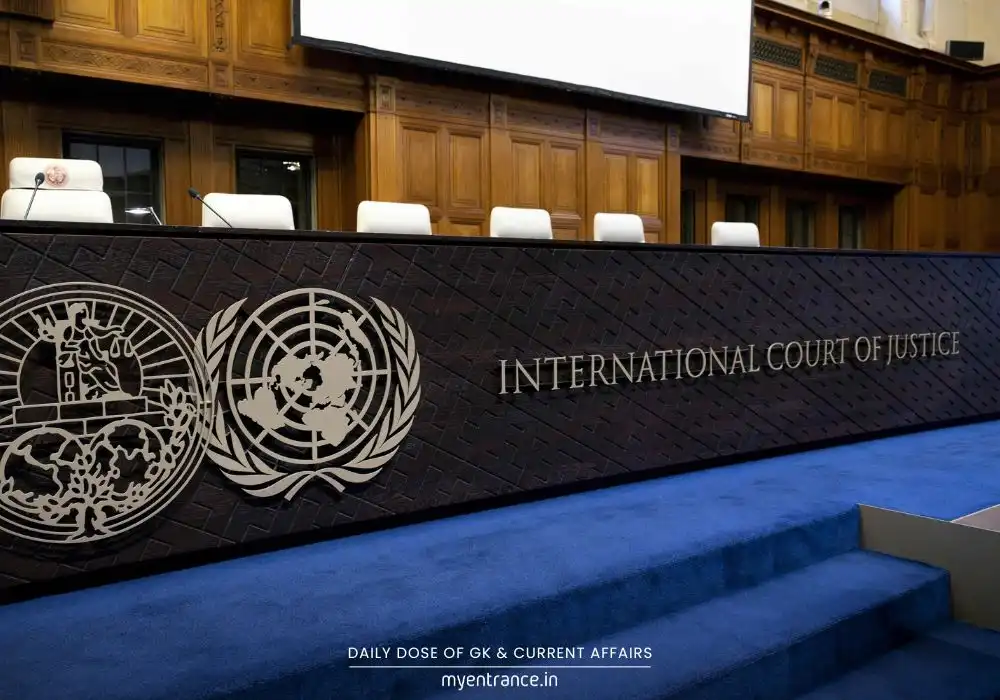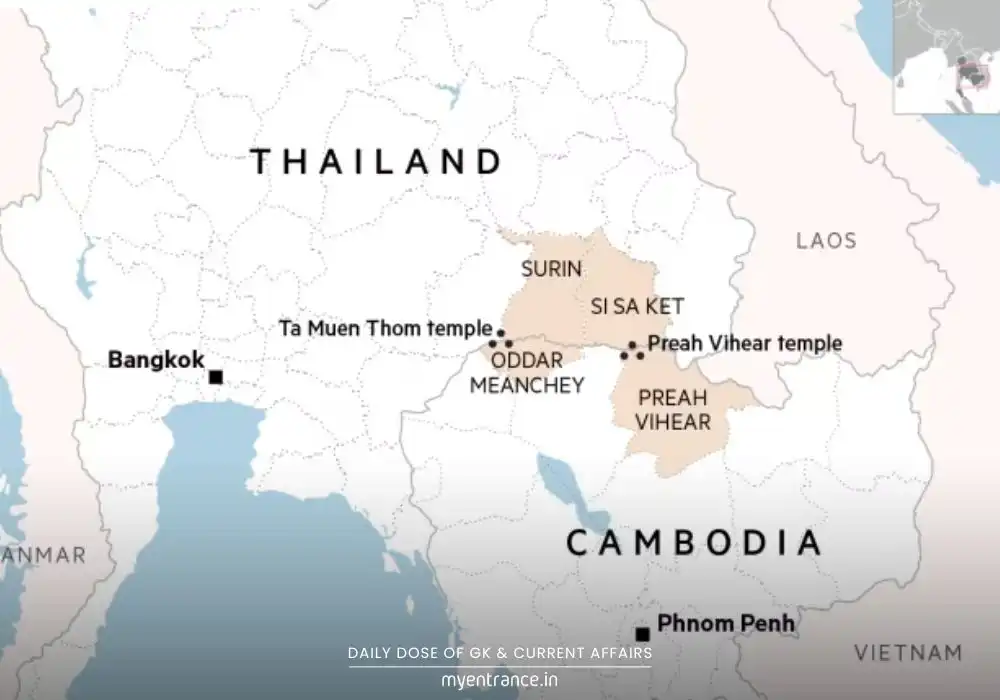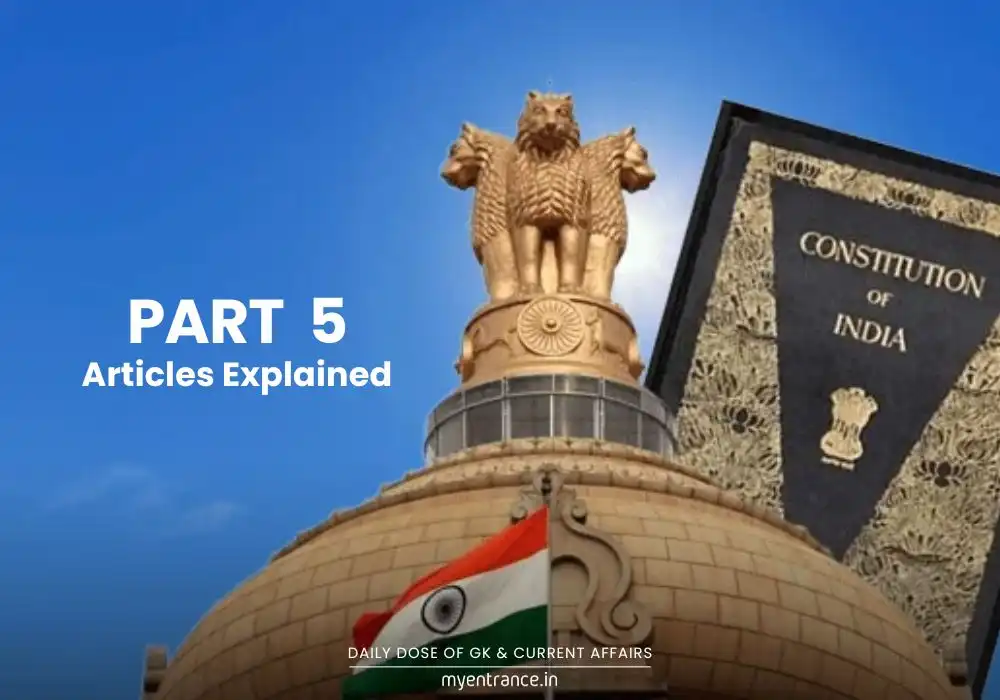Translate Language
Trump’s Double Blow: 25% Tariff on India + Russia Penalty: What It Means
Lt Gen Pushpendra Singh, a decorated officer with over three decades of military service, is stepping into the role of Vice Chief of Army Staff (VCOAS) on August 1, 2025. His career spans high-risk operations, UN peacekeeping missions, and strategic command roles, making him a crucial leader for India’s defense forces. For UPSC, SSC, and defense exam aspirants, understanding his journey offers insights into military leadership and current affairs.
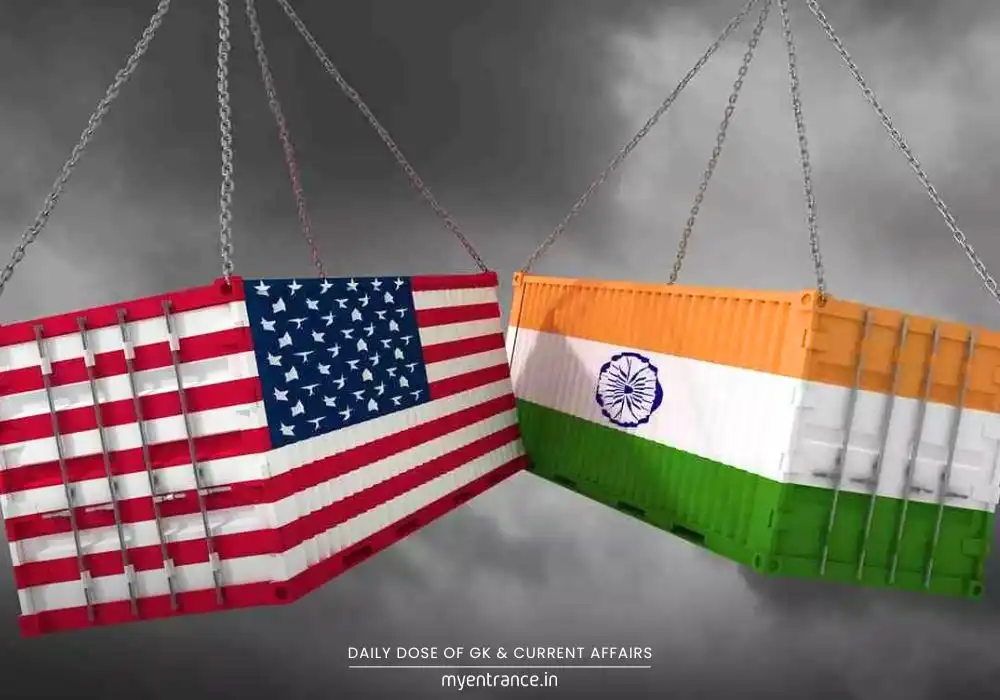
The Headline:
In a sharp escalation, former US President Donald Trump announced a sweeping 25% tariff on Indian imports, coupled with an undisclosed “penalty” targeting India’s defense and energy purchases from Russia. This surprise move came just one day before a critical deadline for trade talks between the two nations.
What’s Unfolding:
Double Whammy: Beyond the blanket 25% import tax, India faces secondary sanctions for its continued engagement with Russia – specifically on crucial oil and military equipment deals.
India’s Calculated Response: New Delhi reacted cautiously, stating it was “studying the implications” while reaffirming its commitment to a “fair and balanced” trade deal protecting Indian farmers and small businesses.
Global Context: Unlike hasty deals struck by allies like the UK or Australia – which India views as lopsided – New Delhi is treading carefully. Meanwhile, China (India’s key competitor) secured a significant tariff reduction (125% down to 10%) from the US earlier.
Russian Oil Ultimatum: Trump simultaneously warned nations buying Russian oil (including India and China) to prepare for potential 100% secondary tariffs within days unless Moscow progressed on Ukraine peace.
Strategic Disadvantage: The tariffs place Indian exporters at an immediate disadvantage compared to rivals like Vietnam or Japan. It also pressures India to accelerate trade negotiations, potentially before October.
The China Factor: China’s advanced trade talks with the US could grant it preferential tariffs and waivers, putting India at a further strategic and economic disadvantage.
Why This Matters for India:
The stakes are immense. Potential penalties on Russian oil imports could cripple a vital energy source, while defense sanctions threaten military modernization. Losing US tariff parity with China – even temporarily – hurts India’s export competitiveness globally.
Why is this Important for Exams? (UPSC, SSC, PSC, KAS etc.)
Prelims (Current Events): Directly tests knowledge of major international economic decisions, US-India relations, and global trade mechanisms like tariffs.
Mains (GS II):
Bilateral Relations: Analyzes strains and cooperation in Indo-US ties.
Global Groupings: Examines how US unilateral actions impact global trade norms and India’s positioning.
Economic Policies: Tests understanding of tariffs, trade deficits, and their impact on the Indian economy/MSMEs.
Analytical Skills: Questions often demand evaluating the geopolitical rationale behind such moves and India’s diplomatic/economic response strategies.
Questions & Answers on India-US Trade:
Q1. What two major economic actions did former US President Trump announce targeting India?
Ans: A 25% tariff on Indian imports and an unspecified penalty for India’s defense/energy imports from Russia.
Q2. How did India officially respond to the US tariff announcement?
Ans: India stated it was “studying the implications” and reiterated its commitment to negotiating a “fair, balanced, and mutually beneficial” trade deal protecting Indian interests.
Q3. Why might India be at a disadvantage compared to China in this trade scenario?
Ans: China secured significant US tariff reductions earlier and is in advanced trade talks, potentially gaining waivers on Russian oil penalties and preferential rates faster than India.
Q4. What broader global warning did Trump issue alongside the India tariffs concerning Russia?
Ans: He threatened 100% secondary tariffs on nations buying Russian oil within 10-12 days unless Moscow showed progress on Ukraine peace talks.
Q5. How does this development link to the UPSC Mains GS Paper II syllabus?
Ans: It directly relates to “Bilateral, regional, and global groupings involving India” and the impact of US unilateral actions on India’s interests and global trade dynamics.
Get 3 Months Free Access for SSC, PSC, NIFT & NID
Boost your exam prep!
Use offer code WELCOME28 to get 3 months free subscription. Start preparing today!

